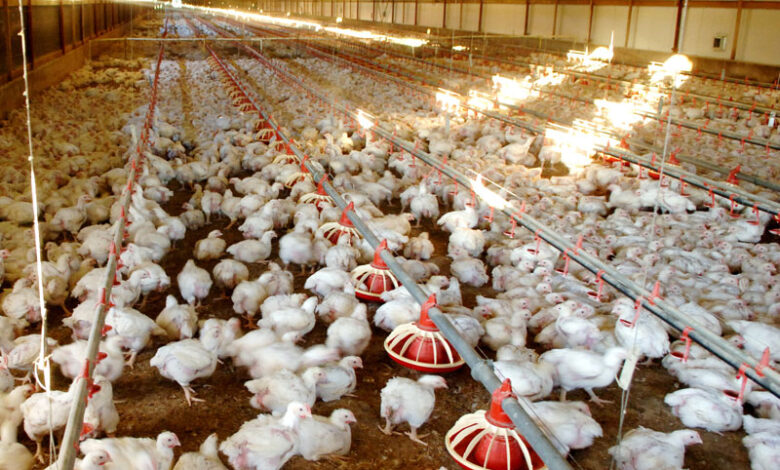
Complete PDF Report download here:
Report writting:
List of Things needed for a Poultry Farm/Shed:
- Poultry house/sheds
- Brooder
- Feeders
- Water supply
- Flooring material(bedding)
- Waste disposal system
- Supplements (calcium, vitamins, minerals)
- Vaccines
- Medicines
- Disinfectants on ground
- Pest & rodent control tools
- Heaters / brooders
- Fans / cooling system ventilation
- Lighting system
- labor role
- Record system
- Control pennel

In poultry shed the supervisior tell and teach us all shed working system….
Broiler Shed
First of all we learn about poultry shed design and construct specialized control sheds for broiler poultry, ensuring a safe and comfortable environment that promotes healthy growth and high yield.
A control shed is a modern, environmentally controlled poultry house designed to maintain optimal temperature, humidity, ventilation, and lighting automatically. It uses advanced systems like exhaust fans, cooling pads, heaters, and sensors to provide birds with a stress-free environment, ensuring faster growth, better feed conversion, and higher productivity. This type of shed requires higher investment but offers greater efficiency, disease control, and consistent production compared to open sheds.
Chicken Farm Construction:
Whether for commercial enterprises or rural setups, we build robust and efficient chicken farms tailored to your requirements, supporting sustainable poultry farming practices.
It involves building well-designed sheds that provide proper ventilation, lighting, flooring, feeding, and watering systems to ensure bird comfort and health. Good construction protects chickens from predators, diseases, and harsh weather while supporting efficient management, growth, and production. Roof is from full of polythene……

CHICKEN FLOCK IN POULTRY SHED
Brooder
A farm supervisior tell us about Chick brooders, also called broiler houses are typically wood-framed, wood-floored, movable structures heated by electric fire. After about six weeks, when they no longer require heat, the chicks are housed. Numerous brooder units, underfloor heat or heat lamps, automatic waterers and feeders with fan ventilation, and large doors through which tractors and litter-removing equipment can pass are common features of commercial brooder houses. The process of providing young chicks with warmth, food, water, and care during their early life (typically the first four to six weeks) is known as the brooding system. Brooders with heat sources like gas, coal, bulbs, or automated systems are used to keep chicks warm because they cannot regulate their own body temperature. A good brooding system helps reduce mortality and promotes healthy growth and development by providing the right temperature, lighting, hygiene, and protection.

Cooling pads in a poultry farm
In shed the supervisior tell us it is environmental control system used to reduce poultry shed temperature during hot weather. They work with exhaust fans, allowing air to pass through wet pads, which cools it before entering the shed. This helps maintain a comfortable environment, reduces heat stress, and improves bird health, growth, and productivity.
Cooling pads in poultry farms:
- Cooling pads work on the evaporative cooling principle — hot air passing through wet pads loses heat as water evaporates.
- They can reduce shed temperature by 8–12°C, depending on humidity and airflow.
- Water quality is very important — clean, soft water prevents scaling and blockage of pads.
- They are mostly used in closed or environmentally controlled sheds, not in open housing.
- Birds stay calmer and eat more when shed temperature is reduced with cooling pads, directly boosting growth rate and egg production.

HOD OF POULTRY PRODUCTION DEPARTMENT IN RIPAHAH VETRINARY COLLEGE DR.GULAM ABBAS
Feeders
Feeders in a poultry house provide feed for birds, with types including tray, tube, and automatic feeders, selected based on age, type, and size of birds. The feeder system in a poultry farm is used to supply balanced feed to birds efficiently while minimizing waste. Feeders can be manual or automatic, and their design ensures that all birds have equal access to food.
A good feeder system saves time, reduces labor costs, maintains hygiene, and prevents contamination or spillage. Proper feeder placement and adjustment according to bird age and size are essential for uniform growth and better feed conversion efficiency.
Benefits of Using Feeders:
- Efficient Feed Usage: Reduces waste and lowers operating costs.
- Improved Health: Prevents feed contamination, reducing disease risk and promoting a healthier environment.
- Labor Savings: Automatic feeders reduce manual labor for feeding.
- Enhanced Performance: Easier feed access leads to better growth rates and productivity.

Drinkers
In a poultry farm are water-feeding devices designed to provide a continuous, clean water supply to birds.The drinking system in a poultry farm provides clean and safe water to birds, which is essential for health, digestion, and productivity. It can be manual (open troughs, bowls) or automatic (nipple drinkers, bell drinkers, pipeline systems). A good drinking system ensures continuous water supply, prevents contamination, reduces wastage, and keeps the litter dry, leading to better growth and egg production.
A drinking system in a poultry house, most commonly a nipple drinker system, provides a clean and consistent water supply to birds through a network of pipes
Benefits
- Clean Water: The enclosed nature of the system prevents contamination, reducing disease incidence.
- Dry Litter: Less water spillage leads to drier litter, reducing ammonia odor and mold growth.
- Improved Performance: Drier conditions and consistent, clean water access contribute to better bird growth and feed conversion ratios.
- Labor Savings: Automatic systems eliminate manual refilling and cleaning, reducing labor costs.

Flooring material(bedding)
Common bedding materials in poultry farms include organic options like wood shavings, straw, sawdust, and rice hulls, used to absorb moisture and provide comfort.
Function: These materials absorb moisture, provide insulation, reduce odors, and create a soft, comfortable surface for the birds to walk and rest on. A farm supervisior tell us we need 25%-30% moisture in bedding for poultry.
Flooring material, also called bedding or litter, is used on the poultry house floor to provide comfort, absorb moisture, and maintain hygiene. Common materials include rice husk, wood shavings, straw, or sawdust. Good litter helps control odor, prevents diseases, keeps birds warm, and supports better growth and egg production. Regular cleaning and proper thickness are important for effective bedding management.

HOUSING REQUIREMENTS FOR BROILERS IN POULTRY SHED
Waste disposal system
The waste disposal system in poultry farming manages manure, litter, and dead birds to maintain hygiene and prevent disease. Common methods include composting, biogas production, deep litter management, or using manure as fertilizer. A proper system reduces odor, controls flies and pests, protects the environment, and ensures healthy conditions for the birds.
- Vaccines
- Medicines
if management is good then no any disease is enter in your flock….so should proper clean enviroment bedding and good careing…..
Vaccines and medicines in a poultry farm are essential for preventing and controlling diseases, ensuring flock health, and improving productivity. Vaccines build immunity in birds, while medicines (such as antibiotics, dewormers, electrolytes, and vitamins) are used for treatment and support if any disease diagnose. A proper vaccination schedule, along with timely medication under veterinary guidance, reduces mortality, enhances growth, and ensures safe egg and meat production.
Disinfectants
Disinfectants in a poultry farm are chemicals used to kill harmful microbes on equipment, housing, and surroundings. They help maintain biosecurity, prevent disease outbreaks, and keep the environment hygienic for the birds. Regular use of disinfectants in bedding, water lines, and shed cleaning is essential for healthy and safe poultry production.
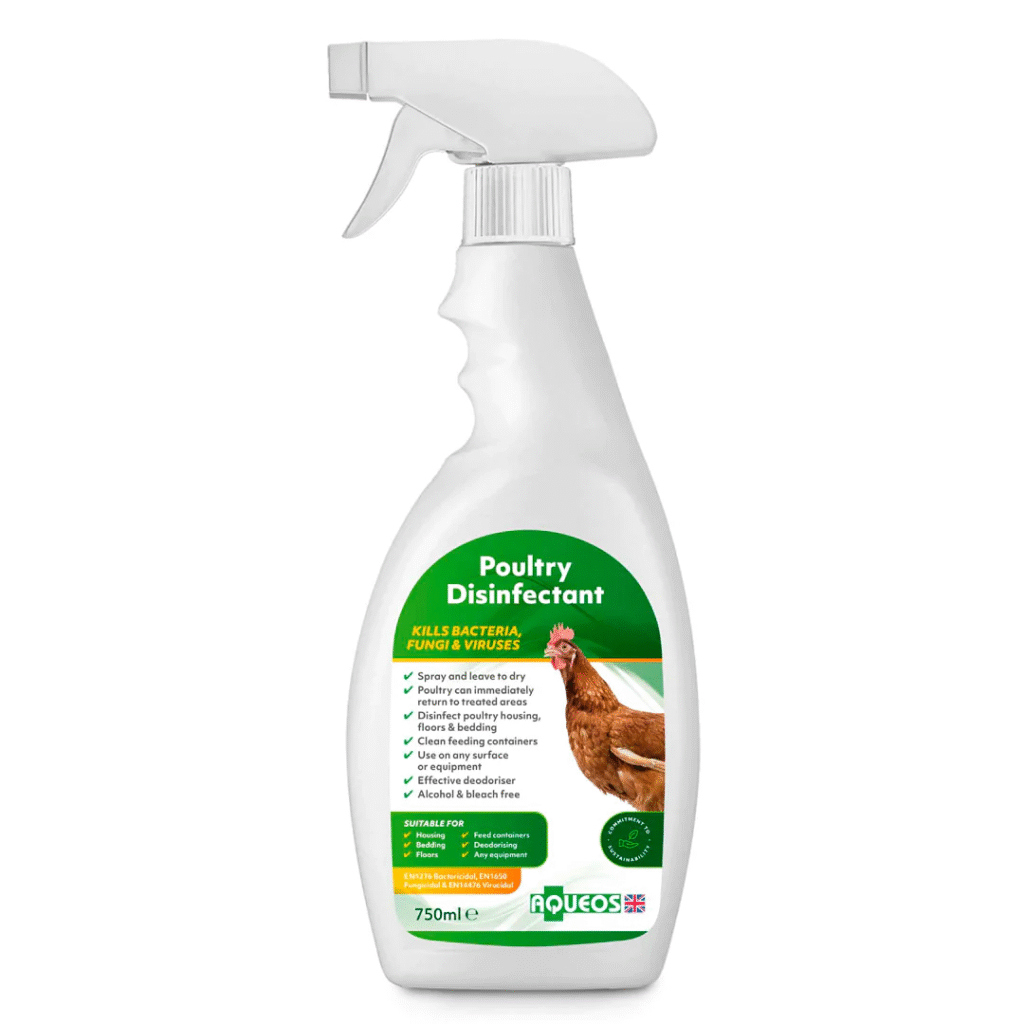
Pest & rodent control tools
Pest and rodent control tools in poultry farms are used to prevent rats, mice, insects, and other pests that spread diseases and damage feed or equipment.
Common tools include traps, baits, netting, and chemical sprays. Effective control ensures hygiene, protects bird health, and reduces economic losses.

also

Ventillation:
Fans and cooling systems in poultry farms provide proper ventilation, control temperature, and maintain fresh air inside the shed. They help remove excess heat, moisture, and harmful gases, creating a comfortable environment for the birds. Good ventilation reduces stress, improves growth, and enhances egg and meat production.
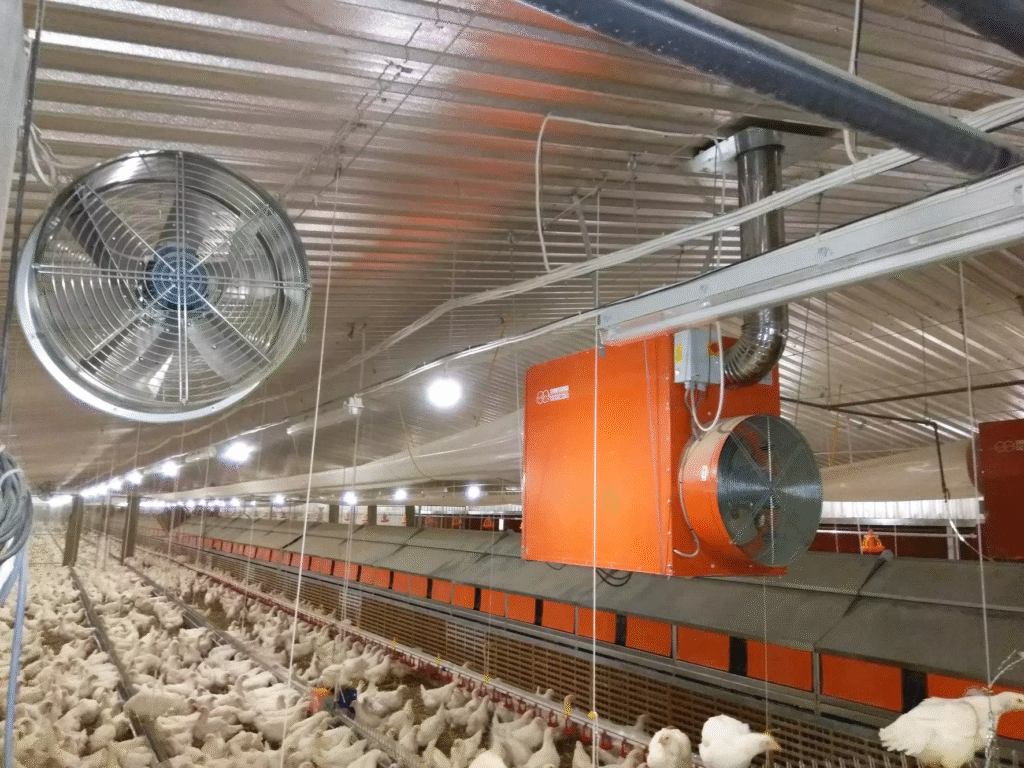
The lighting system
in a poultry farm provides controlled light to regulate bird behavior, growth, and production. Proper lighting encourages feeding, improves weight gain in broilers, and stimulates egg laying in layers. Using the right intensity and duration of light helps maintain bird health, reduces stress, and ensures consistent productivity.
Why we need light in poultry farm?
We need light in a poultry farm to encourage feeding, support growth, regulate sleep cycles, and stimulate egg production in layers.

Labour role/Management
Labor in a poultry farm is responsible for daily care of birds, including feeding, watering, cleaning, vaccination, health monitoring, and record keeping. Skilled workers ensure smooth operations, maintain hygiene, and support better production and farm profitability.
Record system
The record system in a poultry farm is used to track important data such as feed intake, bird weight, egg production, mortality, vaccination, and expenses. Proper record keeping helps monitor flock performance, identify problems early, plan management decisions, and improve overall efficiency and profitability.
The control panel in a poultry farm
is an automated system used to manage and regulate shed conditions like temperature, humidity, ventilation, lighting, and sometimes feed and water supply. It ensures a stable environment, reduces labor, improves bird comfort, and boosts productivity by maintaining ideal conditions throughout the production cycle.

Today we visited a poultry farm in Lahore, Pakistan, where we observed the housing system, feeding and drinking arrangements, brooding setup, and environmental control facilities. The farm was equipped with ventilation fans, cooling pads, and a lighting system to maintain suitable conditions for the birds. We also noted biosecurity measures, vaccination practices, and record-keeping methods. Overall, the visit provided practical insight into modern poultry management, bird care, and farm operations. there is a good management and good labor in shed we see.
FAQs
- Q: What cooling method was used?
A: Evaporative cooling pads with exhaust fans. - Q: How was feed efficiency ensured?
A: Automatic chain feeder system. - Q: What drinking system was installed?
A: High-pressure nipple drinker lines. - Q: How was environment controlled?
A: Digital control panel regulating temp, humidity, and light. - Q: What record system was followed?
A: Computerized data logging of feed, mortality, and production.
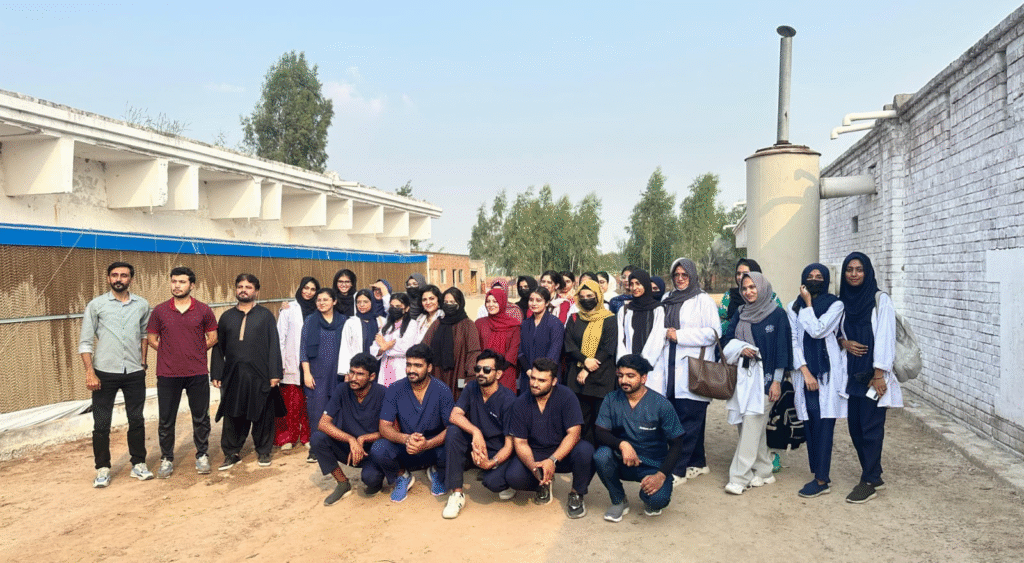
DVM Batch 2022-2027 VISIT POULTRY SHED WITH RESPECTED PROFESSORS.
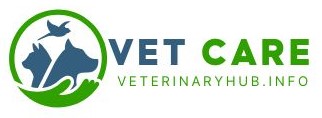
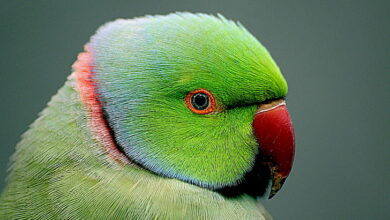
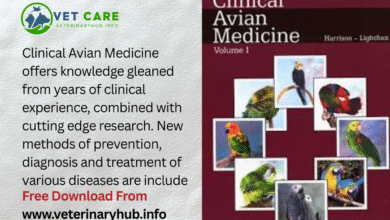

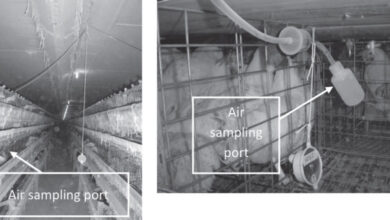
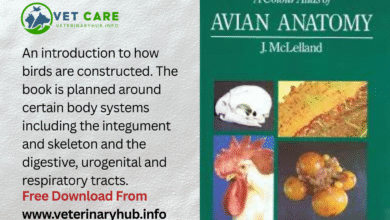
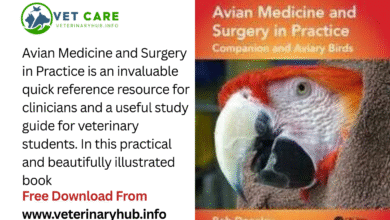
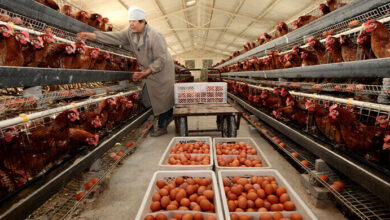
lmwpsa
dt1u9u